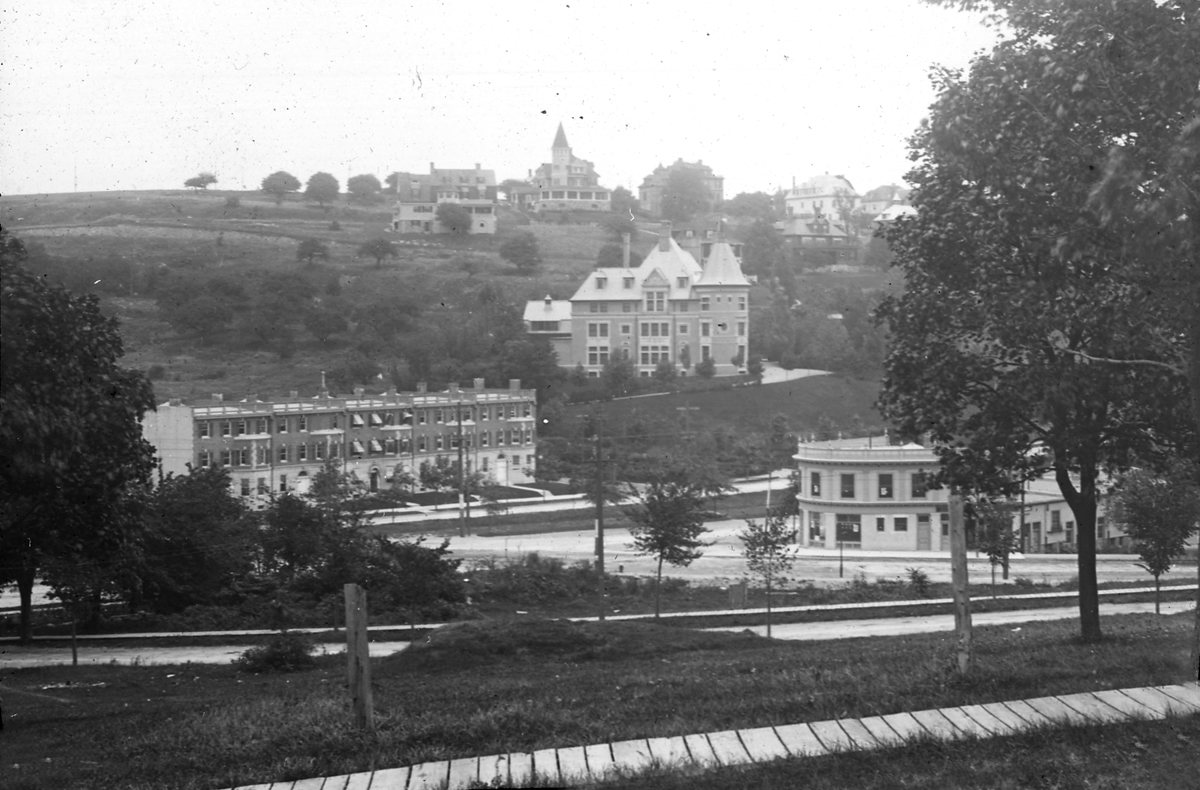Shepard
Senior Member
- Joined
- Mar 20, 2009
- Messages
- 3,518
- Reaction score
- 68

This was approximately the view from my window 100 years ago over Beacon Street (@ Fairbanks/Lancaster) ... Can anyone identify any of these large gothic buildings - especially the 'castle' on the left? Are they still standing? I can't find anything on aerial views or street view that suggest anything of similar scale...
Here's another one from Aspinwall Hill (behind the SW corner of Washington Square):



